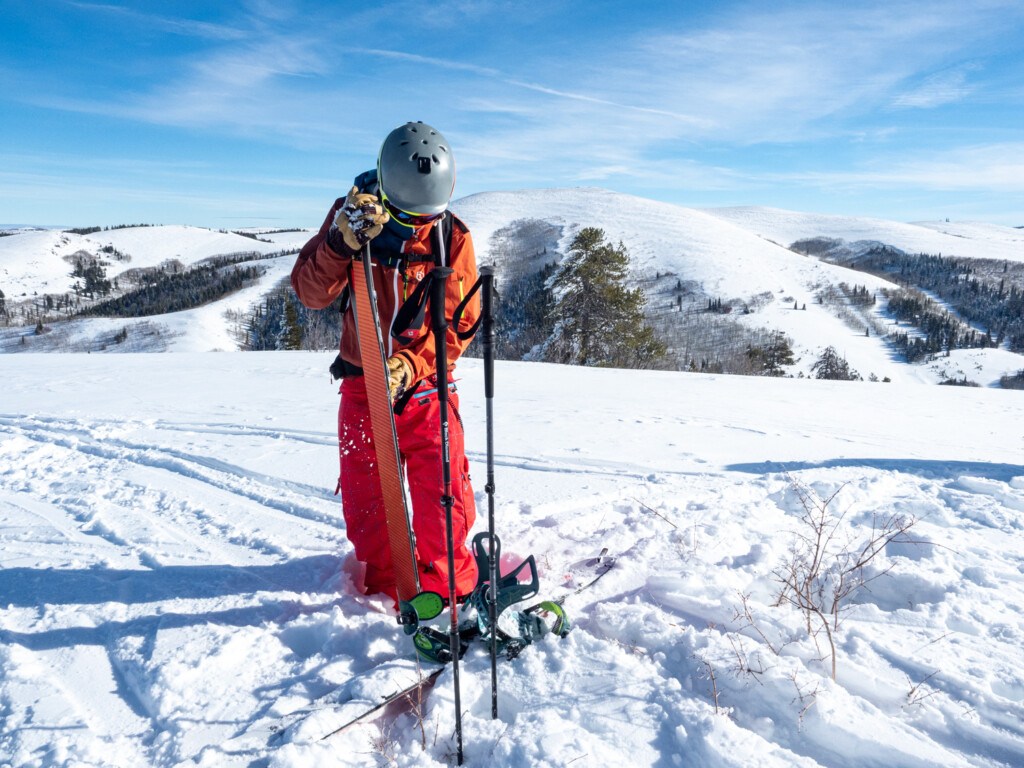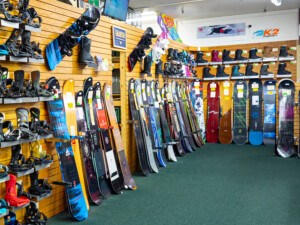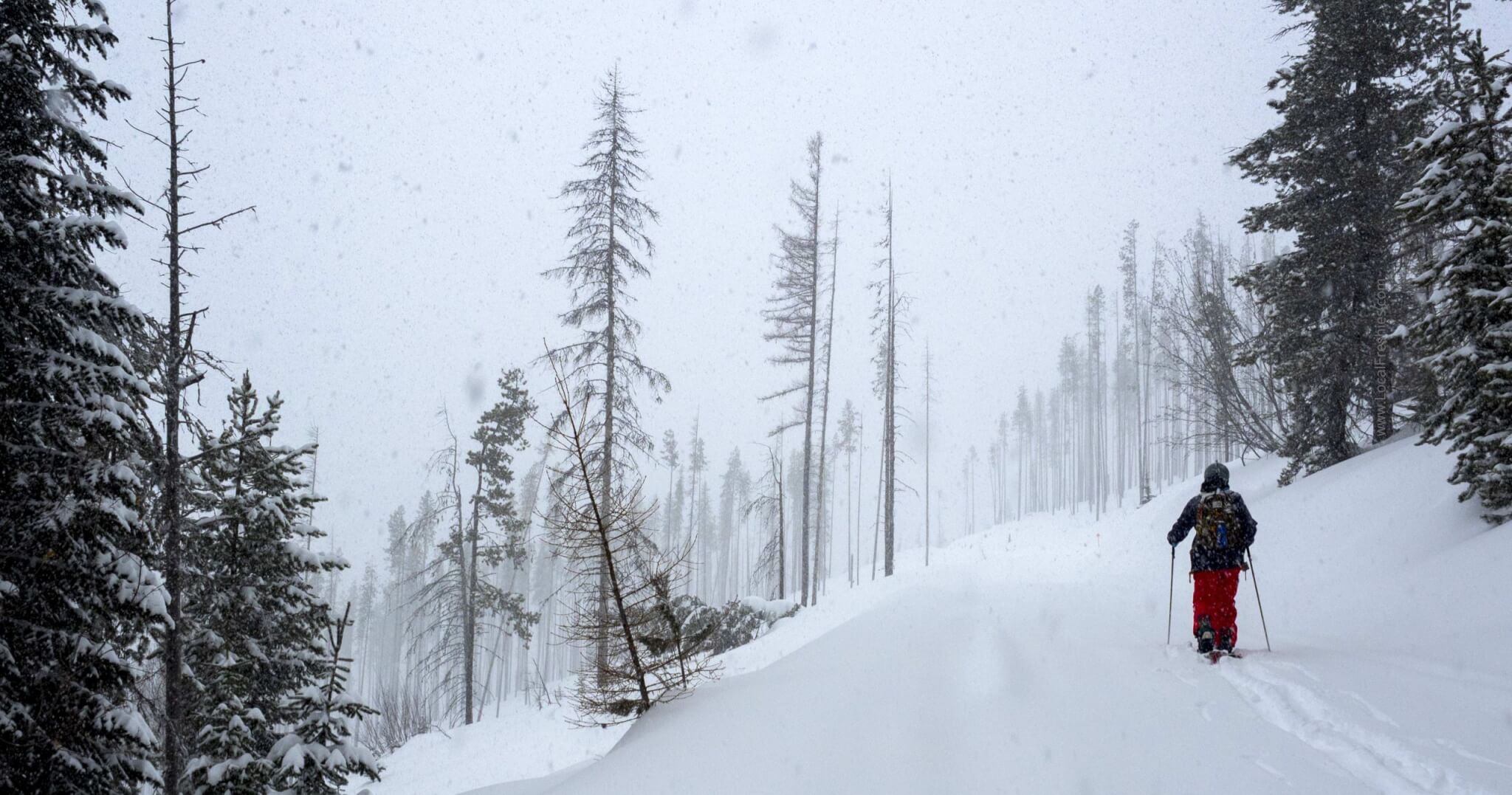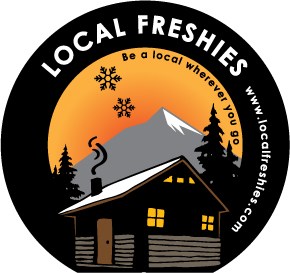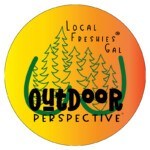While the shape of a splitboard matters for the ride down, let’s be real — most of your day is spent climbing for just a few minutes of downhill bliss. That’s why the real game-changers are your splitboard poles, how the board handles in tour mode, and — most importantly — your climbing skins. Whether you’re just getting started or looking to upgrade, here are the best skins for a splitboard we’ve found for every skill level and adventure.
Service Announcement
Any time we talk about backcountry skiing, splitboarding, or snowboarding, we have to stress the importance of getting avalanche educated first. No matter how good the tools you have, it’s the mental aspect that’s most crucial. Take an AIARE class, obtain the proper safety gear (beacon, shovel, and probe), and find a mentor. The harsh truth is that more people die from avalanches in the United States than earthquakes.
What are Climbing Skins?
If you’re going human powered to climb mountains, the only way to do it efficiently is via climbing skins. They attach to the bottom of a splitboard or skis so you can climb up slopes as steep as thirty degrees or more and not slide down.
No One-Size-Fits-All: Choose Skins That Work for You

When picking the best skins for your splitboard, most riders look at three key things: grip on the climbs, glide on the flats, and how small they pack down.
But here’s the deal — there’s no one-size-fits-all option. The right skins depend on your goals, terrain, and style. It’s all about maximizing efficiency on snow and understanding what you need to move smoothly and confidently in the backcountry.
Why Your Skill Level Matters
When I first got into splitboarding, all I cared about was grip. My uphill technique was pretty rough, and I needed all the help I could get to avoid sliding backwards.
But as I got more comfortable in ski mode and better at climbing, my priorities started to shift. Grip wasn’t as important anymore. Instead, I wanted skins that helped me move faster on the flats — so I started looking for better glide and less resistance.
What’s Underfoot: Choosing the Right Skin Fabric
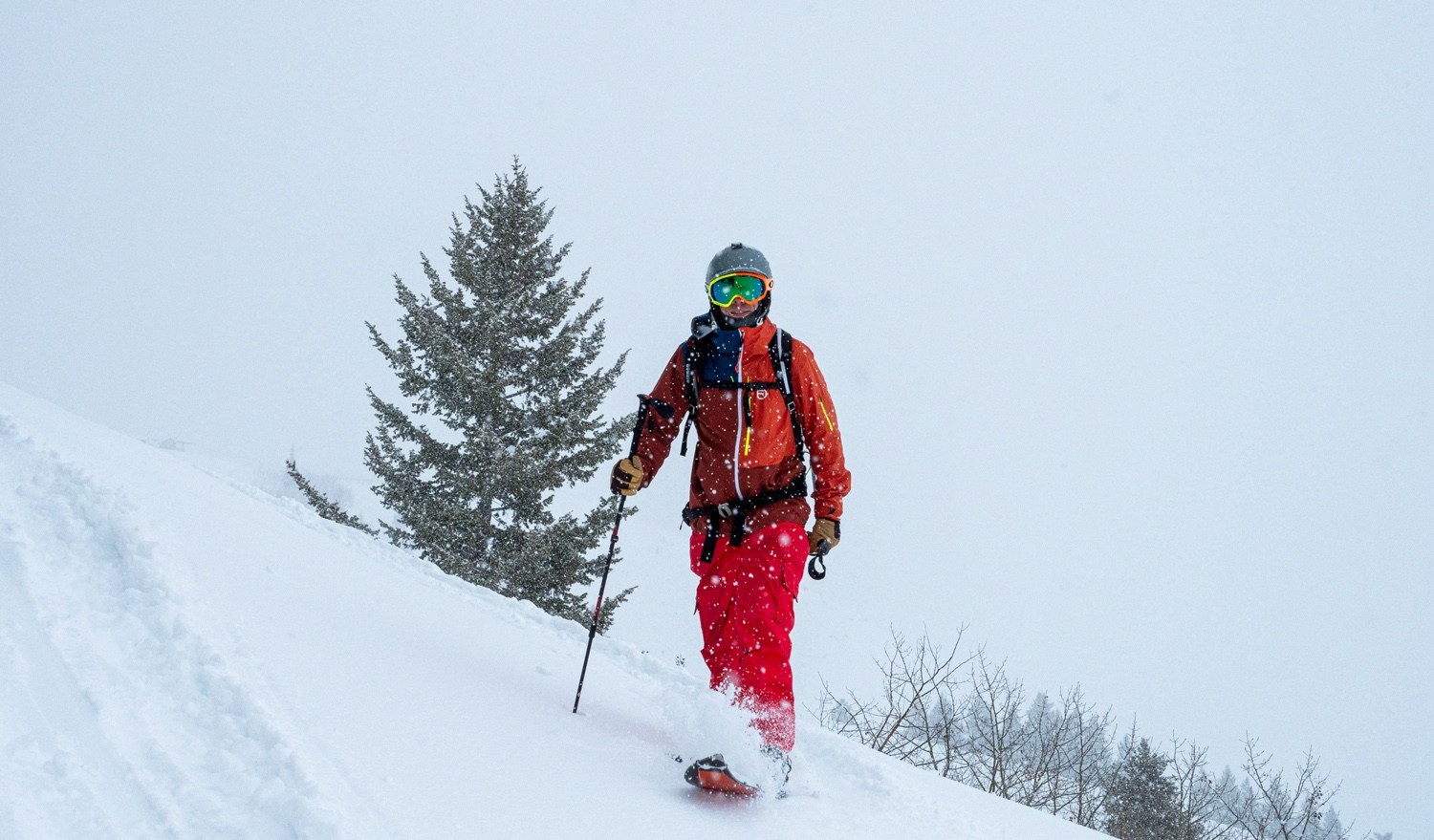
One of the easiest ways to figure out how much grip or glide your climbing skins have is by checking out the carpet — that fuzzy material on the bottom. Skins are typically made from nylon, mohair, or a mix of both.
Nylon – the Workhorse
It gives you the most grip, it’s super tough, and easier on the wallet. Perfect for those rugged days when durability matters most. Best option for beginners.
Mohair – the Sportscar
Mohair, on the other hand, is made from the wool of Angora goats. It’s lighter, glides like a dream, and still gives you enough grip — but it’s more delicate and comes with a higher price tag since it’s a natural fiber.
Hybrid
And lastly if you want the best of both worlds, blended skins offer a nice balance between grip, glide, and durability.
G3 Splitboard+ Universal – Perfect Introduction
Weight: 9.8 oz – 12.4 oz (depending on size)
Material: 100% Nylon
Retail Price: $193

When we first started splitboarding, G3 skins were pretty much the only option available. Since then, with competition coming to the scene, G3 seemed to step up their game and improved dramatically in just about every way — from the ease of attachment to the glue they now use. The skins stick well to the base, but when it’s time to remove them, it doesn’t feel like peeling off a clingy child. And the newest models roll up to a small size, about the size of a 16 oz water bottle.
The 100% nylon plush with medium-length hairs provides some of the most grip we’ve felt while climbing. Personally, I find them a bit too grippy, and the tail clips can be a hassle to snap in — more effort than I’d prefer.
I haven’t tried the Glide model myself, but a few friends swear by it. They say it’s a better fit for intermediate to advanced riders looking for more glide.
The only minor issue I’ve experienced with G3’s — and heard from others — is that the glue on older models can eventually leave residue on your base after years of use. That said, it sounds like G3 may have addressed this in the latest versions.
Black Diamond Ascension – Budget Friendly Intermediate Choice
Weight: 30 oz (pair)
Material: 100% Nylon
Retail Price: $169
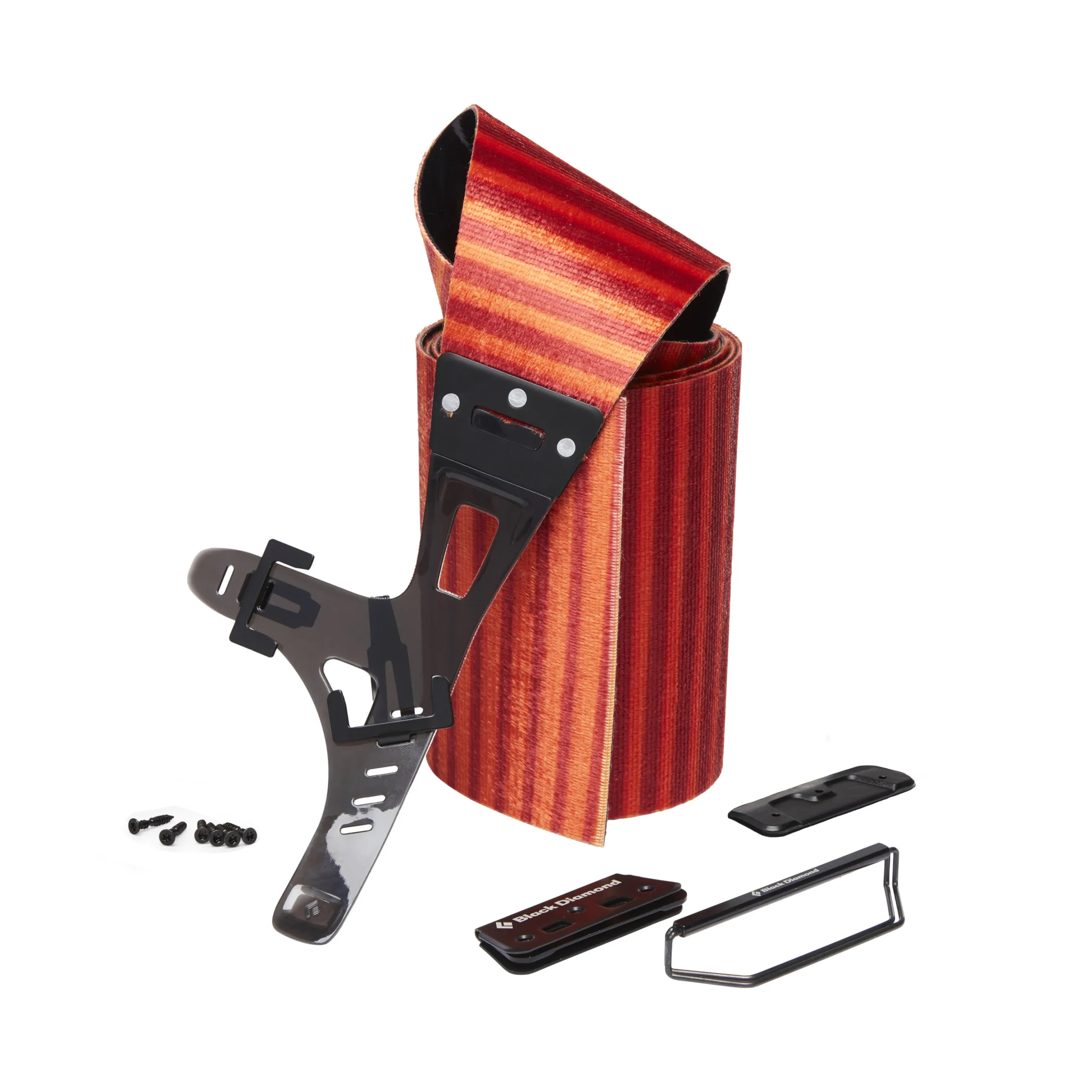
As my skinning technique improved, I began looking for the next step up in splitboard climbing skins. Even though these are also 100% nylon, they offer way more glide than the G3 Universals, which is a big upgrade. They don’t have quite as much traction, but with solid skinning technique, you’ll still have plenty of grip. And that extra glide really makes a difference on those long flat approaches.
I love the tip and tail attachments, especially the tail. One of the most frustrating things about other splitboard skins is having to stretch the tail clip beyond the board — which, in cold conditions, can feel nearly impossible. Black Diamond nailed this design. Their tail clips “flick” on easily and require almost no effort to secure.
When it’s time to descend, the stiff material unfortunately doesn’t pack down as well as I’d like—especially compared to some of the other models we’ve highlighted. That said, since most of your time is spent climbing, I don’t find this to be a major drawback.
Not a Dealbreaker, but…
The only real issue I’ve had with the Black Diamond skins is the glue. During my first season using them, it started peeling off in a way that reminded me of rubber cement. Thankfully, Black Diamond’s customer service was excellent—they replaced the skins within a few weeks, and I haven’t had any problems since.
Overall, the glue sticks well under most conditions. But in wet, heavy snow (or spring corn), if there’s any moisture or snow between the board and skins, it tends to cause snow to build up at the nose of the board. The fix is pretty simple — I just use a credit card to scrape off any buildup, and that usually does the trick.
Jones Nomad Pro Climbing Skins – Jones Splitboard Owners
Weight: 16.2 oz
Material: 70% mohair and 30% synthetic nylon
Retail Price: $299
Check Prices: REI | Backcountry.com | EVO

Jeremy Jones spends A LOT of time in the backcountry and so you know he wouldn’t put his name on a product that doesn’t work well. They offer pre-sized versions that are pre-cut to fit a Jones splitboard so no pre-work required before even using them. Jeremy is also about LOOONNNG approaches as his movie titles of Deeper, Further, Higher allude. And so it shouldn’t come as a surprise that they’re more biased on giving you more glide via the mohair nylon mix. It does provide decent grip but the focus is on longer tours and so are geared towards intermediate and advanced users. Beginners could get frustrated with how much grip they provide. The simple tip and tail clips allow for easy rolling or folding into a small package as well. Just an FYI, the Nomad Pro is manufactured by Pomoca.
Pomoca Splitboard Pro (Pink) – For the Expert
Weight: 15.4 oz
Material: 70% mohair / 30% nylon mix
Retail Price: $309 (EVO partnered Pomoca version for $259)
Check Prices: Backcountry.com
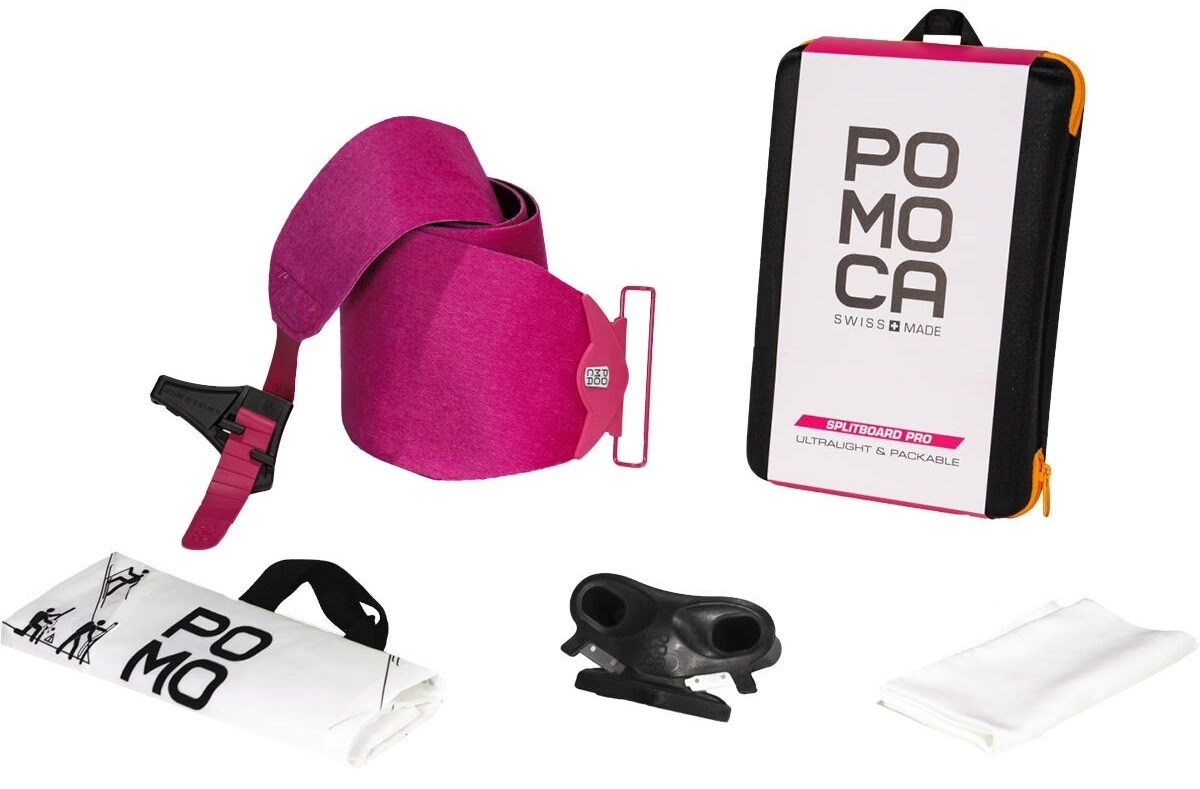
These are the gold standard of climbing skins. I can’t tell you how many of my grizzled backcountry friends have made the switch — and once they do, they don’t look back. Out of everything on the market, these offer the best of all worlds.
It’s not just the hybrid design that makes them stand out — it’s the Formula POMOCA proprietary blend. Like a fine wine, the magic is in the exact ratio and weave of the fibers. That’s what gives these skins their signature balance of grip and glide. You get an impressive amount of glide for those long, flat approaches, and when it’s time to climb, they deliver solid grip. They’ll even remind you when your technique gets sloppy.
These are the features that make the pink Pomoca skins the only ones my expert friends are interested in — better than other Pomocas and better than the competition. And when you’re done using them? They’re so thin and compact, you can roll them up small enough to fit in a jacket pocket.
Big Sky Mountain Products Persistence – Built Rugged
Weight: 17.3 oz
Material: 65% mohair / 35% nylon mix
Retail Price: $210
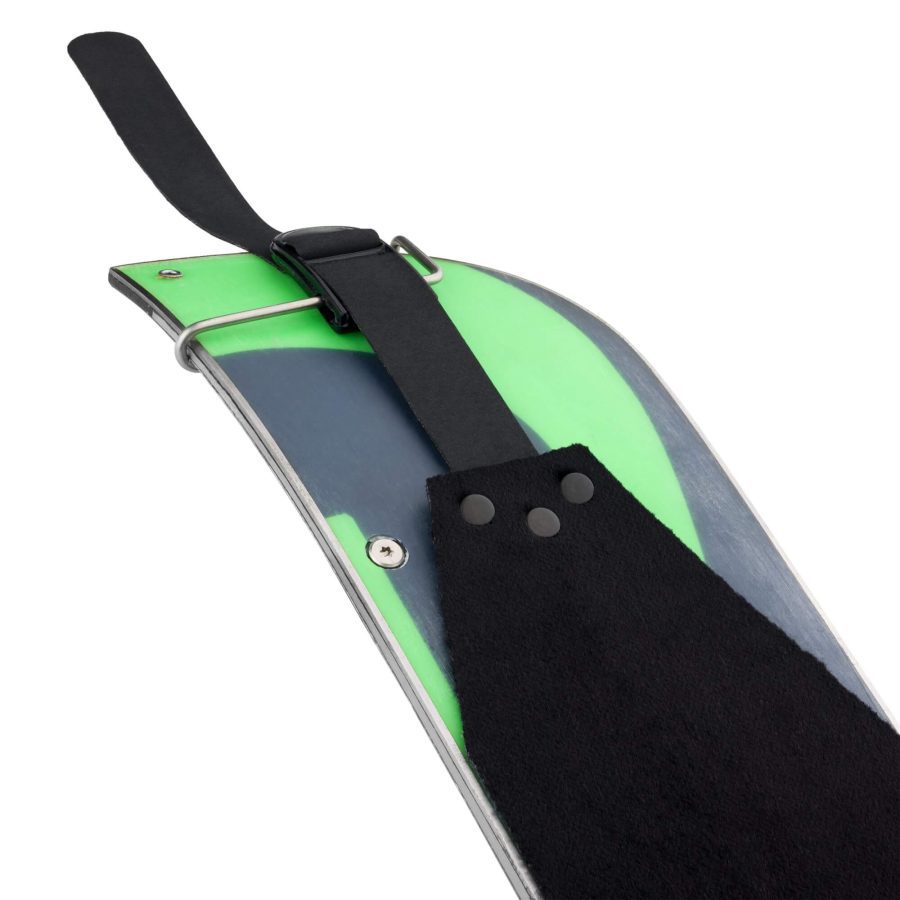
Backcountry skiers and splitboarders are a different breed. They’re often willing to spend a bit more to support a local brand that does things differently — and better. Enter BSMP. Based and manufactured in Bozeman, Montana, they’re focused on building a superior product that’s as tough and reliable as an ’80s Toyota pickup.
One of the biggest pain points with most big-name skins is the glue — either it sticks too much or not enough. This is where BSMP really shines. Their proprietary “self-renewing” glue delivers consistent performance, no matter how cold it gets or how many transitions you make. No peeling. No failure.
Add to that an extra 5% nylon for just a touch more grip — something splitboarders will definitely appreciate — without giving up glide. Plus, it packs down surprisingly well.
The only real downside? The initial setup. The skins come with just a razor, so unless you’re confident with your trimming skills (or have your local shop do it), the cutting process might feel a bit frustrating.





